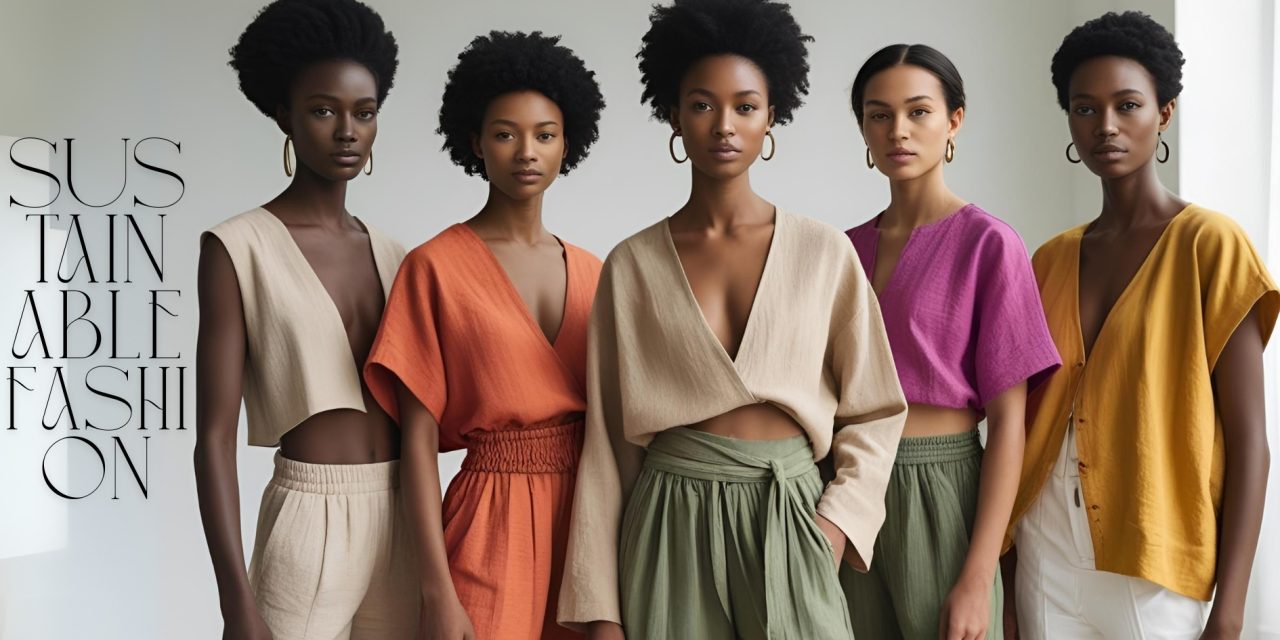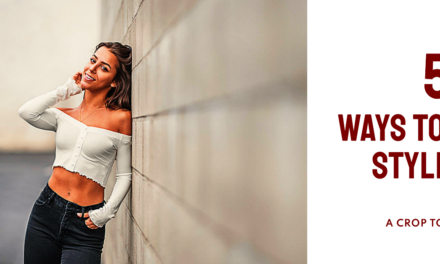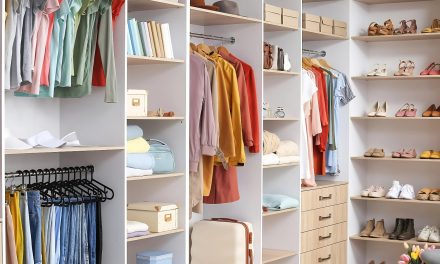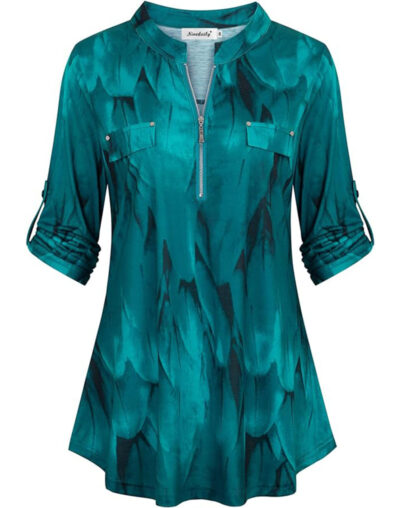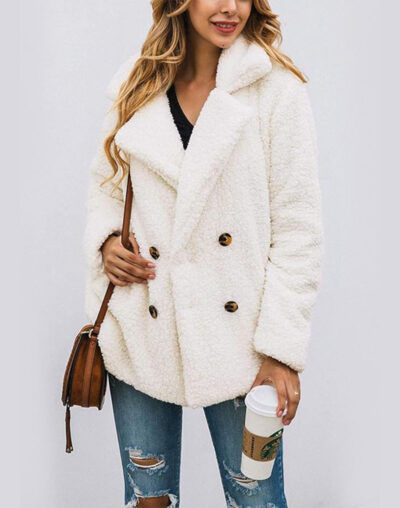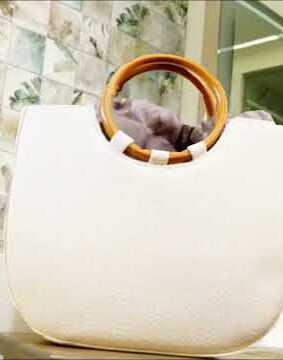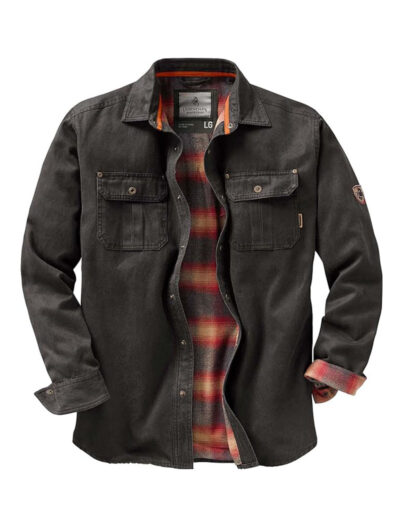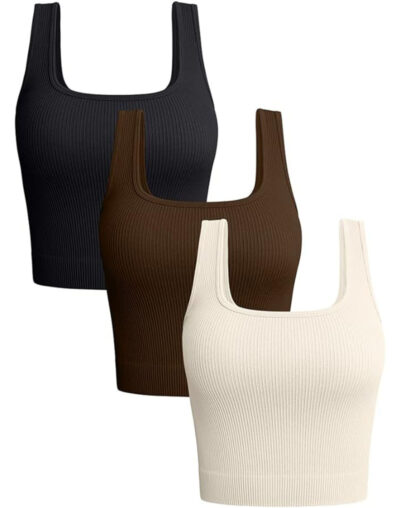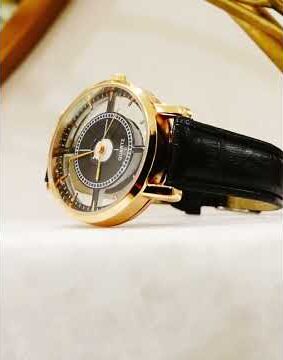Sustainable fashion sounds like the perfect closet cleanse: better for the planet, better for workers, better for our collective conscience. But before you envision a dreamy wardrobe of hemp jumpsuits and recycled-sequin jackets, reality checks in with a few wrinkles. Namely, why does the price tag feel like rent? Where are the options beyond oatmeal-colored basics? And why are we still explaining that fast fashion isn’t a harmless indulgence?
The truth is, embracing sustainability in fashion isn’t just a matter of switching fabrics—it’s a full-on systems overhaul. From pricing issues to public education gaps, this movement is pushing against decades of industry habits. Let’s unpack the core challenges holding sustainable fashion back and why a little friction might just mean we’re finally getting somewhere.
High Cost: The Price of Doing Things Right
Producing ethical, eco-conscious fashion isn’t cheap, and that’s not by accident. From paying garment workers fairly to sourcing organic, recycled, or biodegradable materials, sustainable brands take the long road on purpose. But those principled decisions often translate to higher retail prices that can alienate budget-conscious shoppers.
Yes, that $120 linen dress is kinder to the planet. But if you’re used to $12 tees, the sticker shock is real. The challenge lies in reframing sustainable fashion not as an elite option, but as a worthwhile investment. One that supports fair labor, reduces pollution, and stands the test of time. The more we understand the why behind the price, the more empowered we become to spend with purpose.
Limited Availability: The Eco Closet Conundrum
Let’s be honest: it’s hard to build a sustainable wardrobe when your options are either twice your budget or nonexistent in your size. While demand is growing, many brands are still catching up when it comes to inclusive sizing, style diversity, and retail availability. If you’ve ever Googled “ethical party dress” and found only beige shift dresses or tie-dye hemp, you’re not alone.
Thankfully, the landscape is shifting. More designers and startups are entering the eco-space with a mix of affordability, flair, and access in mind. But we’re not fully there yet—and until we are, many consumers will default to fast fashion out of convenience. Change takes time, but it’s coming stitch by stitch.
Lack of Awareness: The Silent Thread Holding Fast Fashion Together
A huge hurdle to sustainable fashion? People still don’t know how bad fast fashion really is. From water pollution and textile waste to exploitative labor practices, the fast fashion machine runs on speed, volume, and invisibility.
The good news? Awareness is catching on. Documentaries, social media campaigns, and sustainable fashion influencers are pulling back the curtain. But there’s more work to do. We need clearer messaging, more transparency from brands, and education that meets people where they are—whether that’s TikTok, their favorite fashion blog, or a YouTube haul that includes secondhand swaps.
The “But I Still Want to Look Cute” Dilemma
Let’s talk truth: one of the biggest emotional blockers in sustainable fashion is the fear of sacrificing personal style. People want to do better, but they don’t want to feel like they’ve traded self-expression for sackcloth chic. And that’s valid.
The great news is that today’s eco-conscious designers are increasingly challenging that narrative. We’re seeing color, structure, bold cuts, and real fashion emerge from ethical labels. And resale platforms? They’re goldmines for statement pieces with stories. Sustainable fashion is no longer just “nice”—it can be stylish, expressive, and yes, cute. You shouldn’t have to pick between the planet and your personality.
Conclusion
Sustainable fashion isn’t a flawless system yet. It’s still finding its footing between affordability, accessibility, and awareness. But the movement is growing—and that means we all have a role to play. Whether it’s supporting ethical brands when you can, educating others, or thrifting more mindfully, every small shift counts.
Progress in fashion rarely happens without a bit of messiness. The seams might be showing, but the movement is being stitched together with intention. And that’s a look worth wearing.
Would you swap your fast fashion faves for long-term staples if it meant supporting the planet and your values? Let us know in the comments, and discover more honest takes and inspiration on sustainable style at You’re In Style.
